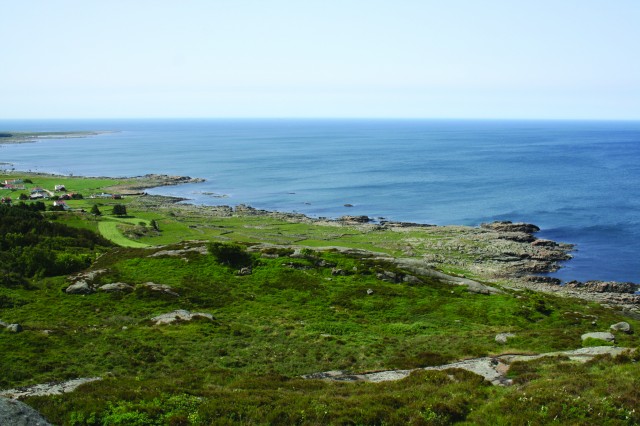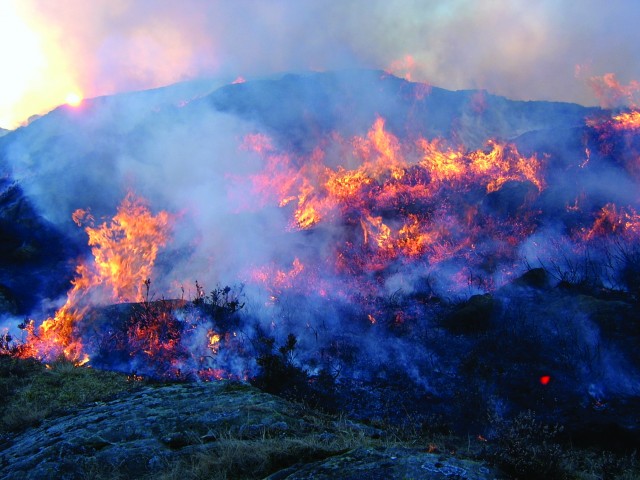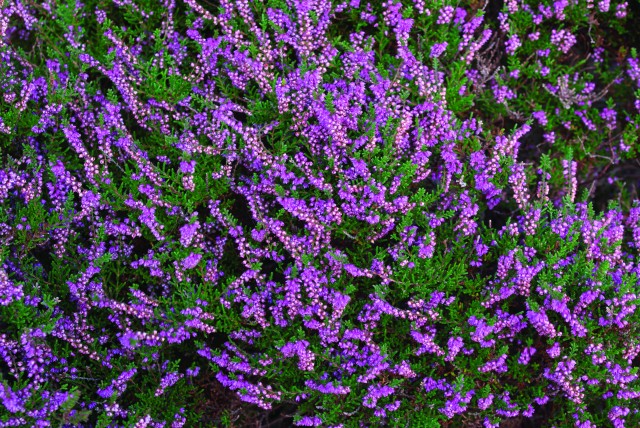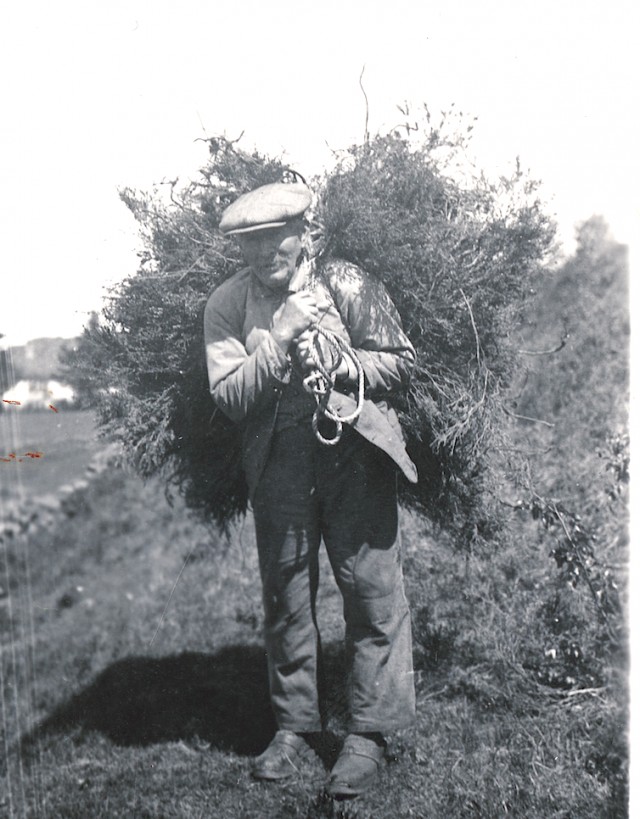Coastal Heathland

Coastal heathland is grazing land dominated by heather growth. This cultural landscape has been shaped through the clearing of shrubs and forests, with grazing, heather burning and heather harvesting. The first traces of burning these heathlands are over 4000 years old.

 At Jølleheia there has been a continual burning of the heather and grazing of cattle and sheep. Tore Mikalsen keeps this tradition alive.
At Jølleheia there has been a continual burning of the heather and grazing of cattle and sheep. Tore Mikalsen keeps this tradition alive.
The burning has to be done regularly to keep this landscape in shape. The heather burning hinders overgrowth, and encourages regrowth of new and nutrient-rich heather. Heather has a value as fodder year round. Therefor the heathlands can be used as pasture both in the late autumn and in the wintertime.
The coastal heather on Jølleheia holds a national value. Here the coastal heathland farming is done in a traditional manner. The area is burned regularly and grazed by cattle and sheep. This is the largest swathe of unbroken coastal heathland at Lista, large also in a national context.
 Common heather.
Common heather.
 Oseas Hansen with a load of heather. Aamdal, Lista 1936. Photo: Anna Grostøl/Norwegian Folk Museum.
Oseas Hansen with a load of heather. Aamdal, Lista 1936. Photo: Anna Grostøl/Norwegian Folk Museum.
Common Heather (Calluna vulgaris)
Heather is to be found all over the country, but thrives in a moist, mild coastal climate on nutrient-poor, barren soil. The plant is green year round and has therefore been important as winter fodder. If it gets too much nutrients in the form of nitrogen, other plants will outperform them.